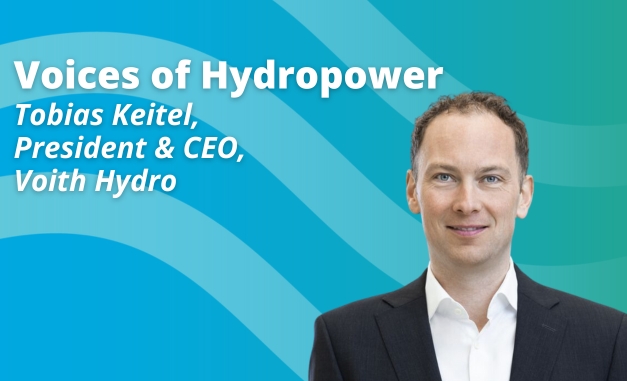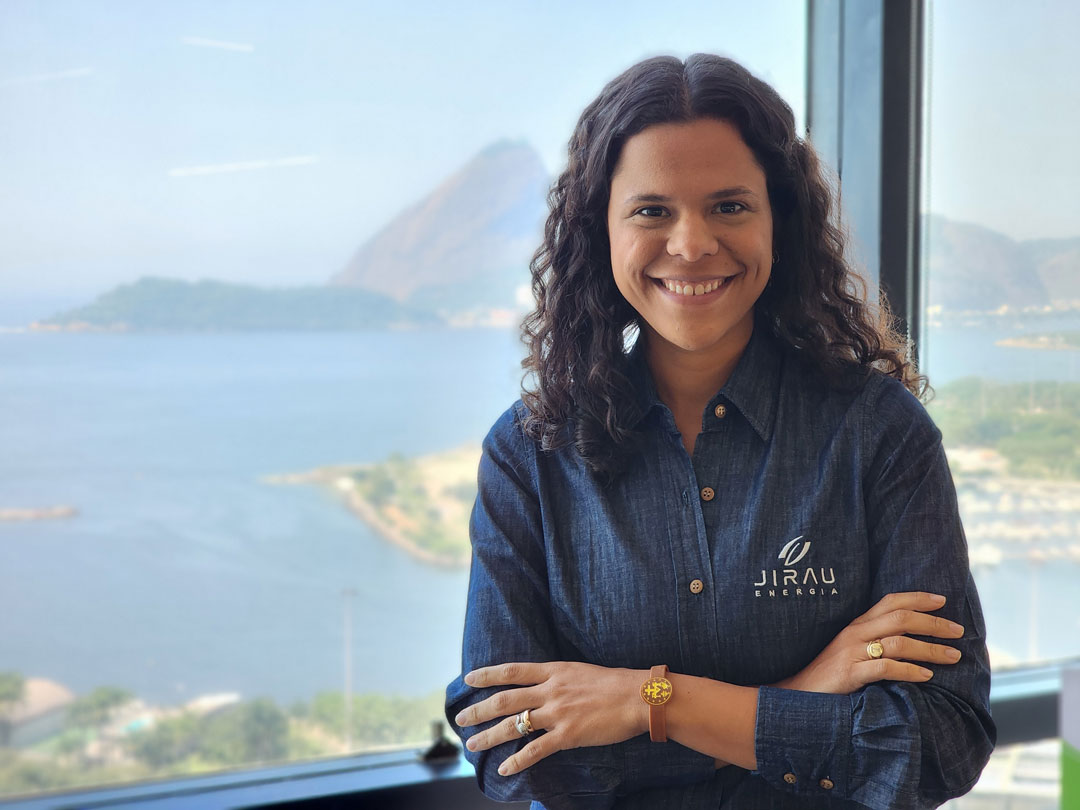Why The Nature Conservancy is sponsoring the World Hydropower Congress
This coming May, The Nature Conservancy will serve as a main sponsor of IHA’s 2015 World Hydropower Congress in Beijing, along with major hydropower companies such as China Three Gorges Corporation and EDF.

An environmental NGO sponsoring a hydropower conference may sound unusual or counterintuitive to some.
However, we at the Conservancy view the World Congress as an important opportunity to advance a growing dialogue around sustainable hydropower and find common-ground solutions with the hydropower sector.
Taking an active role in the Congress’ planning represents another step in the Conservancy’s evolving partnership with IHA—a partnership built on results that demonstrate how this collaboration can achieve real progress.
Although we’ve never before sponsored a hydropower event, this role is consistent with how we’ve worked for more than 60 years.
Founded in 1951, the Conservancy now works in 35 countries and has protected more than 119 million acres of lands and thousands of miles of river around the world as we pursue our mission: to protect the lands and waters on which all life depends. With more than 700 scientists, our approach has always been rooted in science, employing it to identify priorities and refine our strategies.
The strongest contribution we can make as an organisation to achieve that vision is to build on our history of partnerships and find science-based, common-ground solutions for sustainable hydropower."
Implementation of those strategies has always been rooted in partnerships – we work with farmers, academic institutions, governments, and businesses to make real progress on the ground.
It’s true that environmentalists have generally opposed new dam construction due to dams’ impacts on rivers.
It’s also true that even as the Conservancy forges partnerships with IHA, China Three Gorges and others, we still fully understand that dams have major impacts on rivers and diminish many unique resources that these ecosystems sustain.
With hydropower poised to expand dramatically in the next few decades, the stakes are incredibly high for the world’s rivers and the people and ecosystems that depend on them.
Our mission remains the same – to find solutions to conserve and restore as many rivers as we can. That hasn’t changed and that won’t change.
But the world, as always, is in motion.
As global population climbs toward nine billion people, including billions thankfully rising toward higher standards of living, we need solutions that work for a world that expects reliable energy, particularly from low-carbon sources. We want to do our part to help create this future world, one where people can live, learn and thrive supported by a sustainable energy system and one that harbors beautiful and productive rivers, including ‘wild’ ones. The strongest contribution we can make as an organisation to achieve that vision is to build on our history of partnerships and find science-based, common-ground solutions for sustainable hydropower.
The key to our success in freshwater conservation has always been our ability to form diverse partnerships. Working with the US Army Corps of Engineers, Mexico’s Federal Commission for Electricity and China Three Gorges, we have learned the realities of dam planning and management. We work alongside these organisations to provide strategic guidance on hydropower planning, downstream flows, and other solutions to protect and restore rivers.
For example, we joined IHA, along with WWF and other NGOs, governments, financiers and the hydropower industry to develop the Hydropower Sustainability Assessment Protocol. In fact, the Conservancy’s David Harrison is the chair of the Protocol Governance Committee and was a member of the forum that developed the Protocol.
The Protocol is not the final word on hydropower sustainability, nor is it a standard. It’s a measurement tool to assess the relative sustainability of individual hydropower projects. However, collaboratively agreeing on what should be measured and how to measure those features is a big step forward. The Protocol provides a common reference point that can establish a basis for dialogue as we strive to address questions such as… Is a dam the right solution to identified needs? Is this the right place to build this dam? Are there problems with this dam, and if so, how could it be improved?
We believe widespread use of the Protocol will help the hydropower industry achieve tangible progress on deciding which projects to build and how those projects are developed and operated. We are not alone in our optimism about this tool’s potential.
The International Institute for Environment and Development stated in a report earlier this year that the Protocol shows promise as a way to, “measure good practice and benchmark [a] project against best practices around a broad range of themes,” concluding, “In many respects the [Protocol] currently offers the best available ‘measuring stick’ for the respect for the World Commission on Dams provisions in individual projects.”
The Protocol is a good start, but just that – a start. Moving forward, we know that our objectives will not always overlap with the hydropower sector, but by working on the Protocol and its implementation, we’ve found committed partners in industry, government, funders and civil society who are determined to find solutions.
That positive precedent – as well as the realisation that much more remains to be done – provides the motivation for us to co-sponsor the 2015 World Hydropower Congress. We look forward to contributing to planning the congress and, in May, engaging in a spirited and constructive discussion about how to achieve a vision for our world where sustainable energy and healthy rivers coexist.










